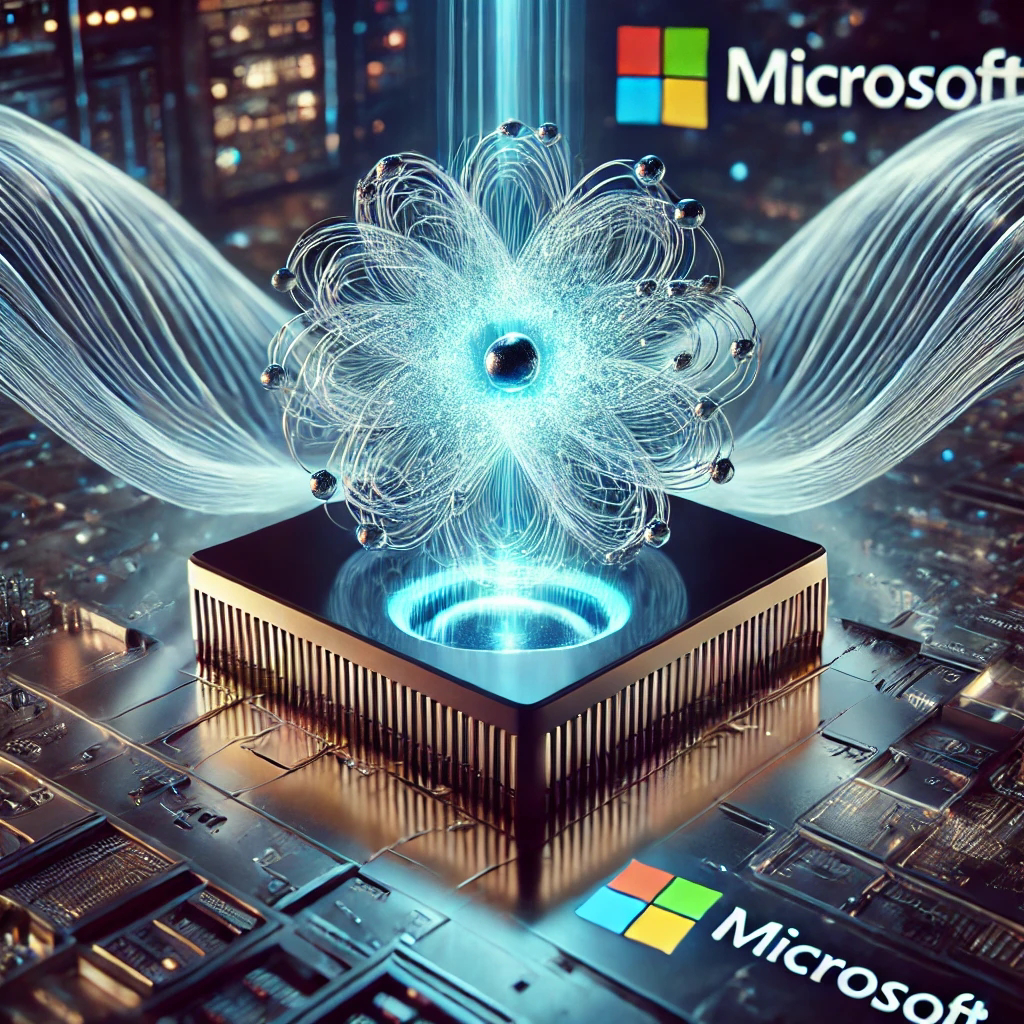Quantum computing has always been a field teetering on the edge of science fiction and reality. For decades, researchers have sought to harness the elusive power of quantum mechanics to solve problems beyond the reach of classical computers. Now, Microsoft has made a significant breakthrough, bringing us closer to a functional, scalable quantum system. The key to their progress? The mysterious and game-changing Majoranas.
What Are Majoranas?
Majoranas are exotic quasiparticles theorized to exist within certain quantum systems. They are closely related to Majorana fermions, which are particles that serve as their own antiparticles. First proposed in the 1930s, these elusive entities have been speculated to exist in superconducting materials. Their stability and unique properties make them prime candidates for quantum computing applications.
Majoranas operate in a way that could revolutionize quantum error correction. Unlike traditional qubits, which are highly susceptible to decoherence, Majoranas offer a level of topological protection. This means they can retain information far longer than other qubit types. Their potential to create more reliable and stable quantum systems is what has researchers excited.
The Quantum Challenge
Building a practical quantum computer is incredibly difficult. Quantum bits, or qubits, are fragile and easily disrupted by environmental noise. The smallest disturbance can cause a loss of quantum coherence, rendering computations useless. This issue has stalled progress in developing large-scale quantum processors.
Error correction is essential for any quantum computing system. Traditional approaches rely on redundancy, but this requires an enormous number of physical qubits. The overhead needed to stabilize qubits has made large-scale systems impractical. Microsoft’s use of Majoranas could be the key to overcoming this fundamental limitation.
Microsoft’s Quantum Leap
Microsoft’s quantum research team has long pursued a different approach from competitors like Google and IBM. Instead of using superconducting or trapped-ion qubits, they focused on topological quantum computing. This approach is built on the promise of Majorana quasiparticles. By successfully engineering Majoranas, they may have found a way to build inherently stable qubits.
The significance of this breakthrough cannot be overstated. If Majoranas can be reliably manipulated, they could serve as the foundation for fault-tolerant quantum computing. Unlike conventional qubits, Majoranas encode information in a way that naturally resists errors. This means fewer resources are needed for error correction, making large-scale quantum computing more viable.
The Role of Topological Protection
At the core of Microsoft’s strategy is the concept of topological qubits. These qubits store information in global properties rather than local states. This makes them inherently resistant to local disturbances, such as temperature fluctuations or electromagnetic noise. In theory, this resilience allows them to maintain coherence for significantly longer periods.
The use of Majoranas in topological qubits enhances this protection. Their unique quantum states enable non-abelian statistics, which allows for robust quantum information processing. This is a fundamental advantage over conventional qubits, which require elaborate shielding and error-correction mechanisms. If successfully implemented, Majoranas could enable a practical, large-scale quantum computer.
What This Means for Quantum Computing
A fully functional quantum computer would change everything. Problems that take classical computers centuries to solve could be completed in seconds. Fields like cryptography, materials science, and artificial intelligence would be transformed overnight. Microsoft’s success with Majoranas brings this future closer to reality.
The implications extend beyond raw computational power. Quantum computing could break existing encryption standards, forcing a complete overhaul of cybersecurity infrastructure. Drug discovery and material design could be accelerated, leading to breakthroughs in medicine and technology. The potential applications are limitless, making this breakthrough one of the most significant in modern computing.
Challenges Ahead
Despite the promise, challenges remain. Engineering Majoranas in a controlled and reproducible manner is still a work in progress. Microsoft’s research has demonstrated key steps toward stability, but scaling this to a full quantum system is another challenge entirely. The delicate nature of quantum systems means every step forward requires extensive validation.
Moreover, topological quantum computing is still a relatively unproven approach. While theoretically sound, it has yet to demonstrate superiority over other methods in practical applications. Competing technologies, such as Google’s superconducting qubits or IonQ’s trapped-ion approach, are already making significant strides. Microsoft must prove that Majoranas are more than just a theoretical curiosity.
The Race for Quantum Supremacy
Tech giants and research institutions worldwide are racing toward quantum supremacy. Google claimed to have achieved it in 2019, demonstrating a computation that would take classical computers thousands of years. IBM has developed advanced quantum processors with increasing numbers of qubits. Startups like Rigetti and D-Wave continue to explore alternative approaches.
Microsoft’s Majorana-based approach represents a fundamentally different path. If successful, it could leapfrog existing methods, delivering a quantum system with unparalleled stability and power. However, proving this approach will require not just theoretical breakthroughs but also practical demonstrations. The next few years will determine whether Majoranas are the key to quantum dominance or another dead end.
The Future of Majoranas in Computing
If Microsoft’s Majorana qubits prove viable, the quantum revolution will accelerate rapidly. We could see the first practical quantum computers within the decade. Financial modeling, climate simulations, and logistics optimization could see unprecedented advancements. The economic and technological impact would be on par with the invention of the microprocessor.
However, practical deployment will take time. Even with Majoranas, developing commercial quantum computers requires overcoming engineering and scalability challenges. Governments and enterprises will need to invest heavily in quantum infrastructure. While the promise is immense, patience and sustained research will be necessary to bring this vision to life.
Conclusion
Microsoft’s work with Majoranas represents a major step forward in quantum computing. By leveraging these exotic quasiparticles, they aim to build a fault-tolerant, scalable quantum system. If successful, this could redefine the limits of computation and unlock solutions to previously unsolvable problems. While challenges remain, the future of quantum computing has never looked more promising.
Stay curious.




